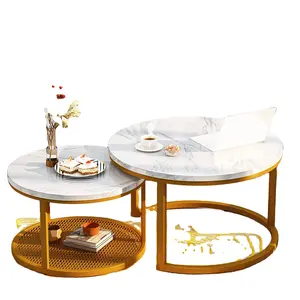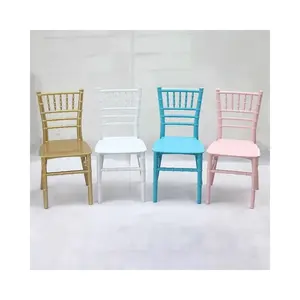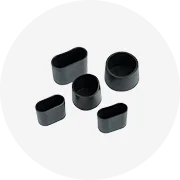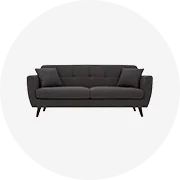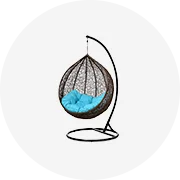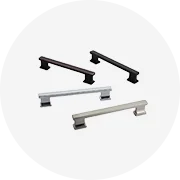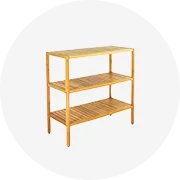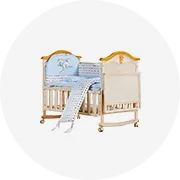Popular in your industry
























































Related Searches:






































































































































Top categories
About potting bench wood
Introduction
Welcome to our comprehensive guide on potting bench wood, a must-read for all gardening enthusiasts. This guide will delve into the importance of a potting bench, how to choose the right wood, and the factors to consider when designing and building your own. We'll also discuss the key features of a potting bench, how to customize it to your needs, and the essential steps in constructing one. Lastly, we'll provide tips on maintaining your wooden potting bench to ensure its longevity. Whether you're a seasoned gardener or a beginner, this guide will equip you with the knowledge to create a functional and durable potting bench.
Understanding the Importance of a Potting Bench
A potting bench is an essential tool for gardening enthusiasts. Not only does it provide a convenient place to store your potting mix and gardening supplies, but it also offers a comfortable work surface that's easy on your back. It helps keep your gardening tools organized and makes messy tasks easier to clean up. Moreover, a potting bench can serve multiple purposes, doubling as an outdoor beverage or buffet table. Its versatility and functionality make it a must-have in any garden.
Choosing the Right Wood for Your Potting Bench
When it comes to choosing the right wood for your potting bench, redwood is a great option due to its natural resistance to rot and availability, especially on the West Coast. If redwood is not available, cedar is another good weather-resistant wood. Alternatively, you can use pine or fir and stain or paint the finished piece, but be aware that these types of wood require more maintenance. The quality of the wood is also important; look for pieces that are relatively straight, dry, and knot-free.
Types of Wood: Pros and Cons
When it comes to choosing the right wood for your potting bench, redwood is a great option. It's readily available, especially on the West Coast, and naturally resists rot. Another good weather-resistant wood is cedar. If these are unavailable, consider using pine or fir, but be aware that these require more maintenance. You could also stain or paint these woods for a finished look. However, if you're looking for a more durable and weather-resistant option, teak is an excellent choice, especially for the pegs of the potting bench.
Factors to Consider When Choosing Wood
When choosing wood for your potting bench, consider its natural resistance to rot. Redwood is a good choice due to its availability and rot resistance. However, if redwood is unavailable, cedar is another weather-resistant option. Alternatively, you can use pine or fir and stain or paint the finished piece, but be aware that these require more maintenance. When selecting wood, look for pieces that are straight, dry, and knot-free. The quality and affordability of the wood are also important factors to consider.
Designing Your Potting Bench
Designing your potting bench involves careful planning and selection of materials. The bench's structure should include a dry sink, tool storage, and ample shelving. The bench's frame is built using cedar rails and posts, ensuring durability and resistance to weather conditions. The design also incorporates a galvanized tub sink, providing a practical solution for soil and water management. The bench's design is customizable, with options for adding a boot and glove holder, a side mount rail, and even a faucet for convenience. Remember, the design should cater to your specific gardening needs.
Key Features of a Potting Bench
A potting bench should have a sturdy base and an appropriate height for comfortable use. It should feature multiple shelves for storage and organization. A built-in sink can be useful for soil preparation and cleaning. A grate for collecting soil and a wire mesh, lattice, or pegboard for hanging tools can enhance functionality. Additional storage options and wheels for mobility can be beneficial. Lastly, the use of paint or sealant can protect the wood and enhance its appearance.
Customizing Your Bench to Your Needs
Building your own potting bench allows you to tailor it to your specific requirements. You can adjust the size, height, shelving, and storage options to suit your gardening tools and supplies. DIY projects offer an opportunity to showcase your creativity. You can incorporate unique design elements and personalize your potting bench to match your garden's aesthetic. This customization makes your gardening tasks easier and more enjoyable.
Building Your Potting Bench
Building a potting bench involves several steps. Start by creating the work surface using a jigsaw to cut the side pieces and securing the frame together. Then, make the bottom shelf and attach the legs. The top shelf is inserted next, followed by attaching the wire mesh to the back of the bench. The process requires careful measurement and assembly, but the result is a functional and sturdy potting bench. Remember to use weather-resistant wood like cedar for outdoor use. This bench will serve as a dedicated workstation for all your gardening needs.
Tools and Materials Needed
To build your potting bench, you'll need a variety of tools and materials. Key tools include a jigsaw for cutting the wood, screws for assembly, and a staple gun for attaching the wire mesh. As for materials, choose cedar or exterior-grade lumber for durability. You'll also need wire mesh for the back of the bench, providing a handy place to hang tools. Lastly, don't forget the cleats and shelf boards for constructing the bench's tiers. Remember, the right tools and materials are crucial for a sturdy, long-lasting potting bench.
Step-by-Step Construction Guide
Building a potting bench from reclaimed wood involves several steps. Start by removing old nails and screws from the wood. Frame the bench, starting with the legs, then add the top shelf and supports. Install a bottom frame and middle shelf. Cut out notches for the back legs and start placing your boards. Install a countertop, then layout your tiles on top of the adhesive. After drying, fill in the gaps with grout. Add a top shelf and sides, then install a middle shelf and reclaimed windows as doors. Finally, sand down rough edges and apply a stain or paint.
Maintaining Your Wooden Potting Bench
Maintaining your wooden potting bench is crucial for its longevity. Our potting bench needed a fresh coat of paint after some years. We used a high-quality stain block with a matte finish to protect it. If you have an old potting bench, consider giving it a makeover. It's like working on an old piece of furniture. However, unlike refinishing old furniture, the potting bench makeover doesn't have to be perfect. Staining our potting bench after allowing it to weather for a long time brought life back into it.
Cleaning and Regular Upkeep
Maintaining your wooden potting bench involves regular cleaning and upkeep. Clean your bench at least three or four times a year, especially after winter, to prepare it for spring use. Use a stiff brush to remove accumulated dirt and grime, then lightly sand the surface to eliminate minute traces of dirt and potential splinters. Rinse off your bench to remove dust. Regular checks and tightening of the hardware are also necessary as wood can shrink or expand due to weather changes, causing the nuts, bolts, and screws to loosen.
Protecting Your Bench from Weather and Pests
Protecting your wooden potting bench from weather and pests is crucial for its longevity. One effective method is using a high-quality spar varnish. This varnish offers superior durability, UV protection, and water resistance, helping prevent weather damage. It also resists cracking, peeling, and even ocean salt spray. Apply the varnish in multiple coats, allowing 24 hours between each for the best results. Remember, this varnish is potent, so ensure you're working in a well-ventilated area or outdoors.
Conclusion
In conclusion, a potting bench is an indispensable tool for any gardener. Choosing the right wood, such as redwood or cedar, is crucial for durability and weather resistance. The design should cater to your specific needs, with features like a dry sink, ample shelving, and tool storage. Building your own potting bench allows for customization and creativity, while regular maintenance ensures its longevity. By following this guide, you can create a potting bench that not only serves your gardening needs but also enhances the aesthetic of your garden. Happy gardening!



